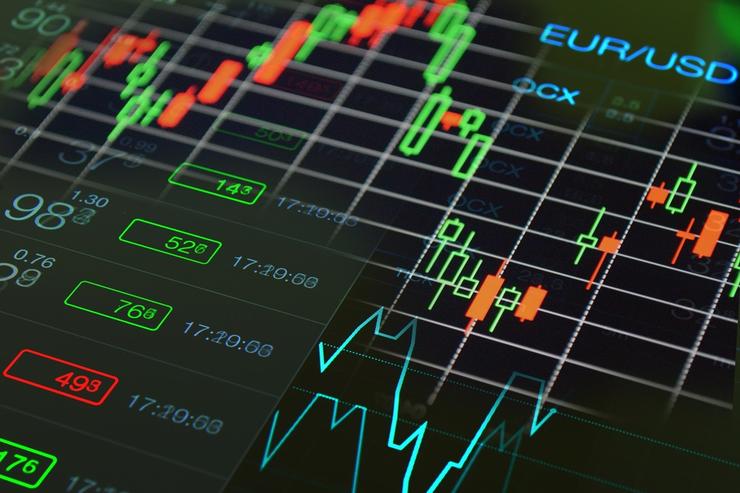Leveraging economic indicators for smart Forex trading decisions is crucial for traders seeking to navigate the complex and volatile currency markets. Economic indicators are statistics that reflect the health of an economy and provide insights into its future performance. They serve as essential tools for traders, helping them make informed decisions and anticipate market movements. One of the primary economic indicators used in Forex trading is the Gross Domestic Product GDP. GDP measures the total value of goods and services produced within a country and serves as a broad indicator of economic health. A rising GDP generally signals a growing economy, which can lead to currency appreciation as investors seek to capitalize on economic growth. Conversely, a declining GDP can signal economic trouble, potentially leading to currency depreciation. Traders closely monitor GDP reports to gauge the overall economic environment and adjust their trading strategies accordingly. Inflation data is another critical economic indicator. Inflation measures the rate at which the general price level of goods and services is rising, eroding purchasing power.

Central banks often use inflation targets to guide their monetary policy. For instance, if inflation is rising above the target level, a central bank might raise interest rates to cool down the economy. Higher interest rates typically attract foreign capital, leading to currency appreciation. Conversely, low inflation might prompt a central bank to lower interest rates, potentially leading to currency depreciation. Traders analyze inflation reports to predict central bank actions and make informed better forex trading performance decisions. Employment figures, such as the Non-Farm Payroll NFP report in the United States, also play a significant role in Forex trading. Employment data reflects the health of the labor market and can influence central bank policies. Strong employment growth can signal economic strength, potentially leading to higher interest rates and currency appreciation. Weak employment data, on the other hand, may prompt central banks to implement simulative policies, which can lead to currency depreciation. Traders use employment reports to gauge economic momentum and adjust their positions accordingly.
Interest rates, set by central banks, are crucial for Forex traders. Central banks adjust interest rates to manage economic growth and control inflation. Higher interest rates can attract foreign investment, leading to currency appreciation. Conversely, lower interest rates can discourage investment and lead to currency depreciation. Traders closely monitor central bank meetings and interest rate decisions to predict currency movements and align their trading strategies. In addition to these key indicators, traders also consider other economic data such as trade balances, consumer confidence, and manufacturing indexes. By analyzing a combination of economic indicators, traders can gain a comprehensive view of an economy’s health and make more informed trading decisions. Understanding how these indicators interact and affect currency movements allows traders to navigate the Forex market with greater precision and confidence.
